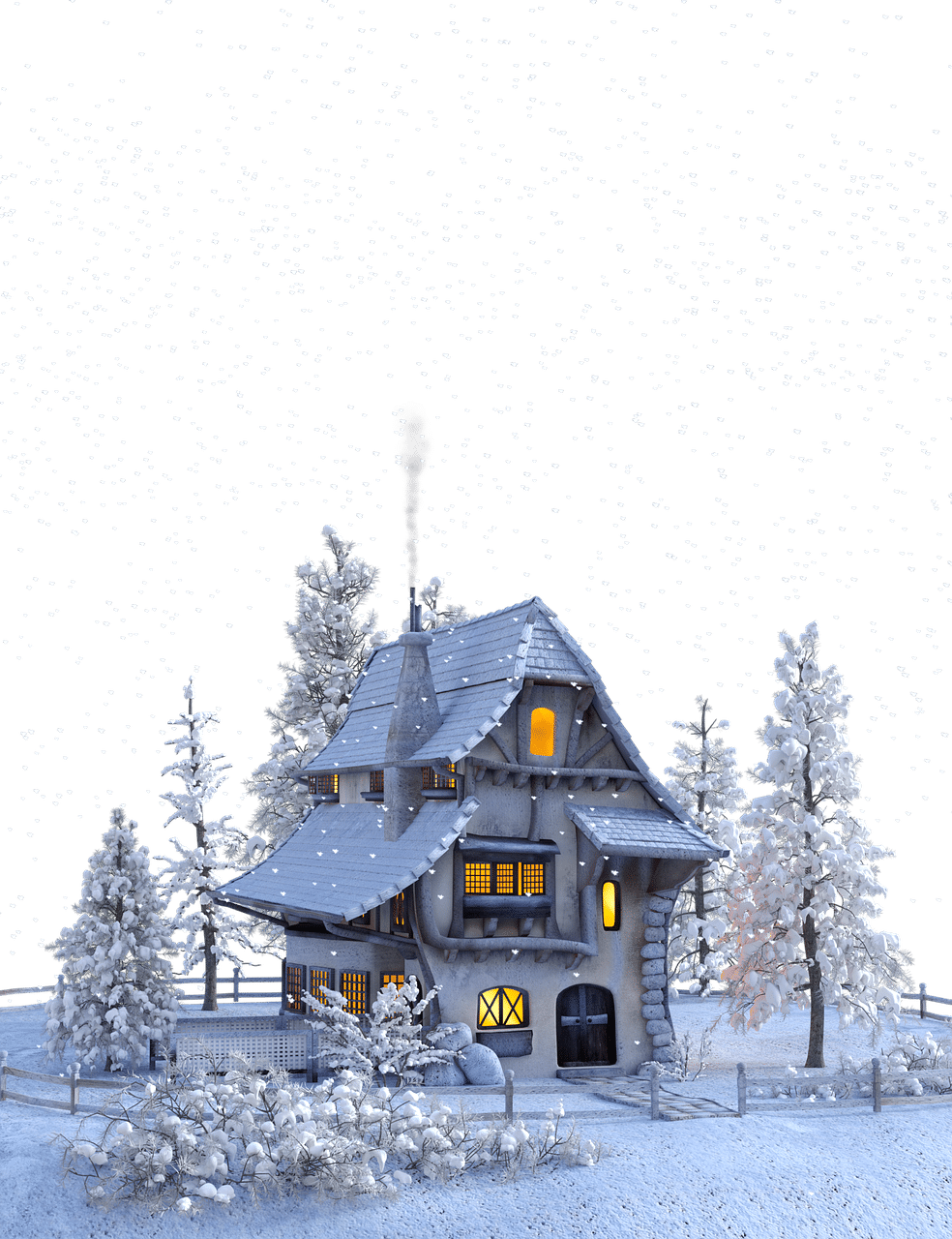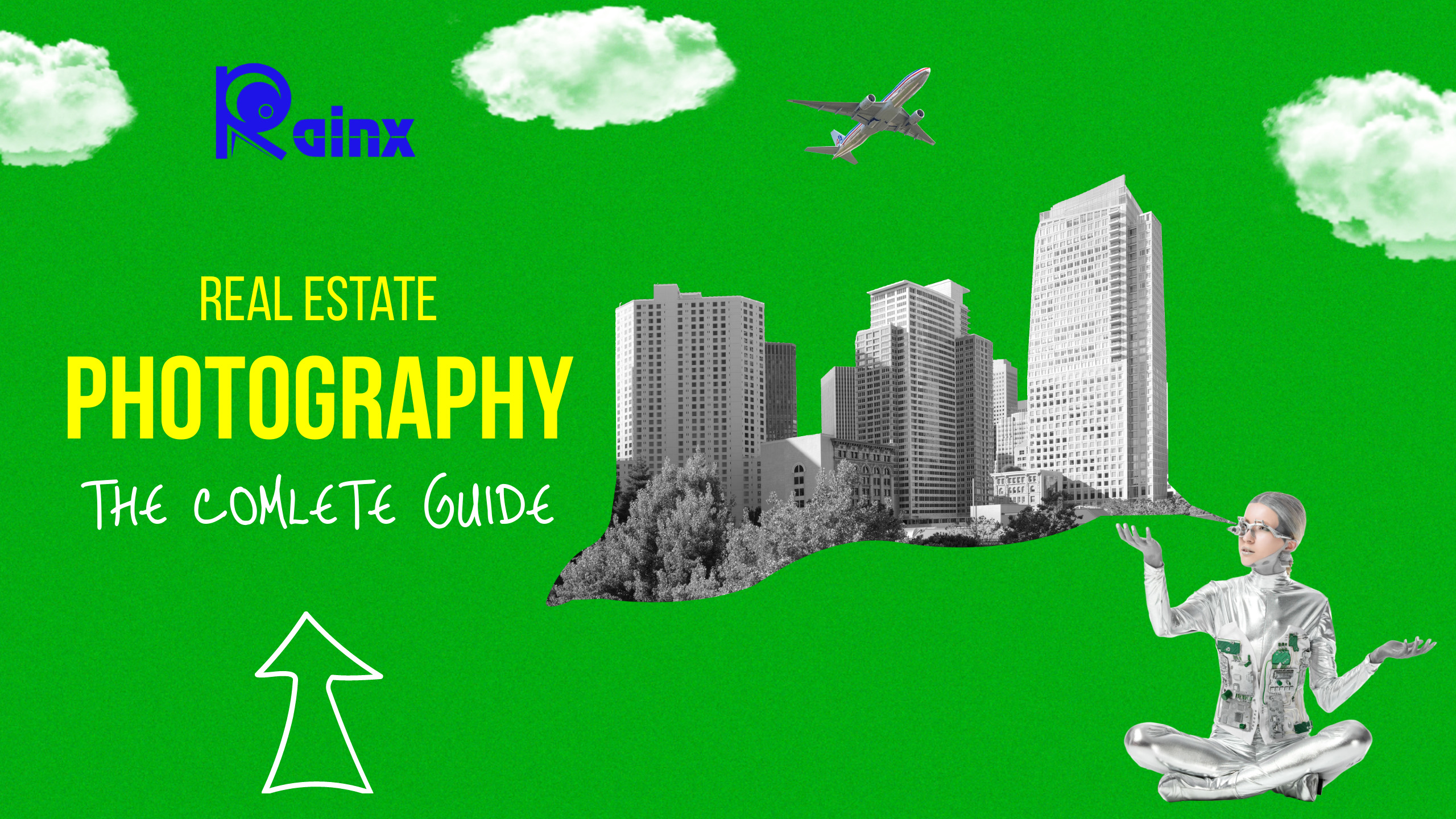TRICKS FOR SNOW PHOTOGRAPHY
Estimated reading time: 10 minutes
Table of contents
- Warm Your Gear Up Gradually
- Protect Your Camera with a Rain Cover
- Use a Zoom Lens
- Bring Extra Batteries
- Invest in Filters
- Use a Lens Hood
- Wear Photography Gloves
- Bring Microfiber Cloths
- Get Photography Insurance
- Set Your White Balance Manually
- Overexpose to Avoid Grey Snow
- Adjust Your Shutter Speed
- Examine the Histogram
- Photograph in RAW format.
- Experiment with Macro Photography.
- Examine the Contrast
- Photograph the Winter Sky
- Include a Foreground Interest
- latest post
- related link
Are you going to photograph the snow? Then, avoid common blunders such as overexposed photos, blue-tinted snow, bleak highlights, and broken equipment. Continue reading this article to learn more useful tips for capturing snow in the most beautiful way possible while avoiding damage to your equipment.
By using these snow photography tips and tricks, you will be able to capture captivating snow shots even if the weather conditions are less than ideal.
Warm Your Gear Up Gradually

A sudden temperature change should be avoided because it will cause condensation to form on your piece of equipment. When you’re out and about, put the camera and lens in a ziplock bag. After that, come in from the cold and into the warmth. The camera should be kept in its bag or case until it has reached room temperature.
As a result, the camera will gradually acquire the normal temperature. Condensation will form on the bag rather than the camera. If you don’t have a plastic bag, a towel will suffice. After you’ve finished taking photos in the snow, wipe down the exterior of the camera/lens, camera case, and the rest of the equipment to remove any moisture.
Protect Your Camera with a Rain Cover
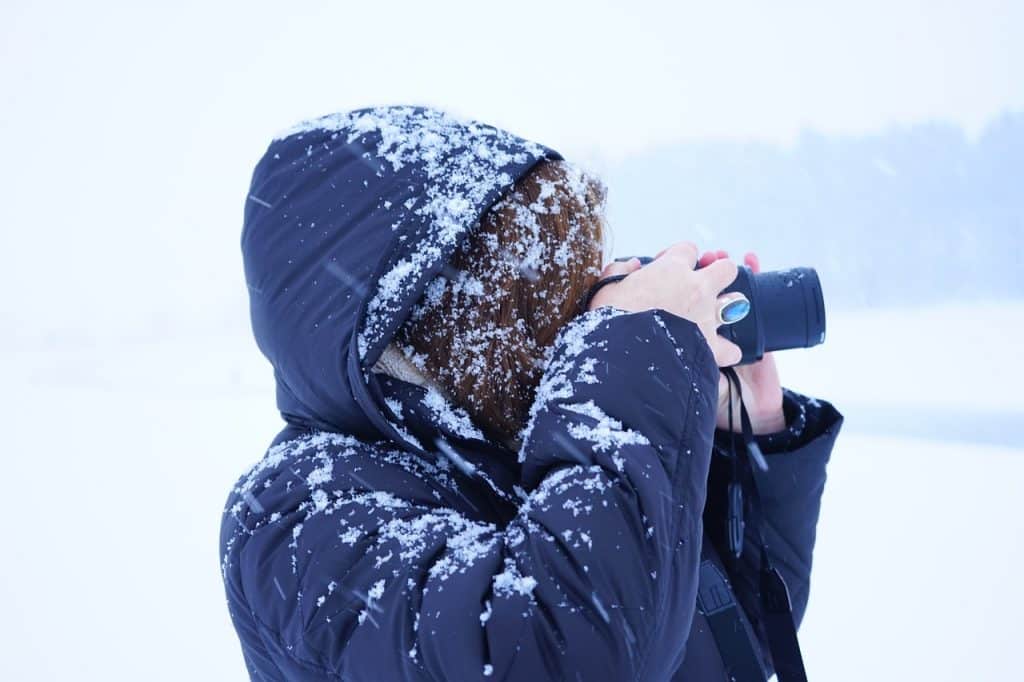
If you must photograph during a snowfall, a rain cover is essential to keep the camera and lens from becoming wet and covered in snow. By allowing this to happen, you may as well permanently damage your equipment.
Invest in a thermal protector cover for maximum protection.
You can forget about cold, frost, and snow ever reaching your valuable camera and lens with its assistance.
Use a Zoom Lens
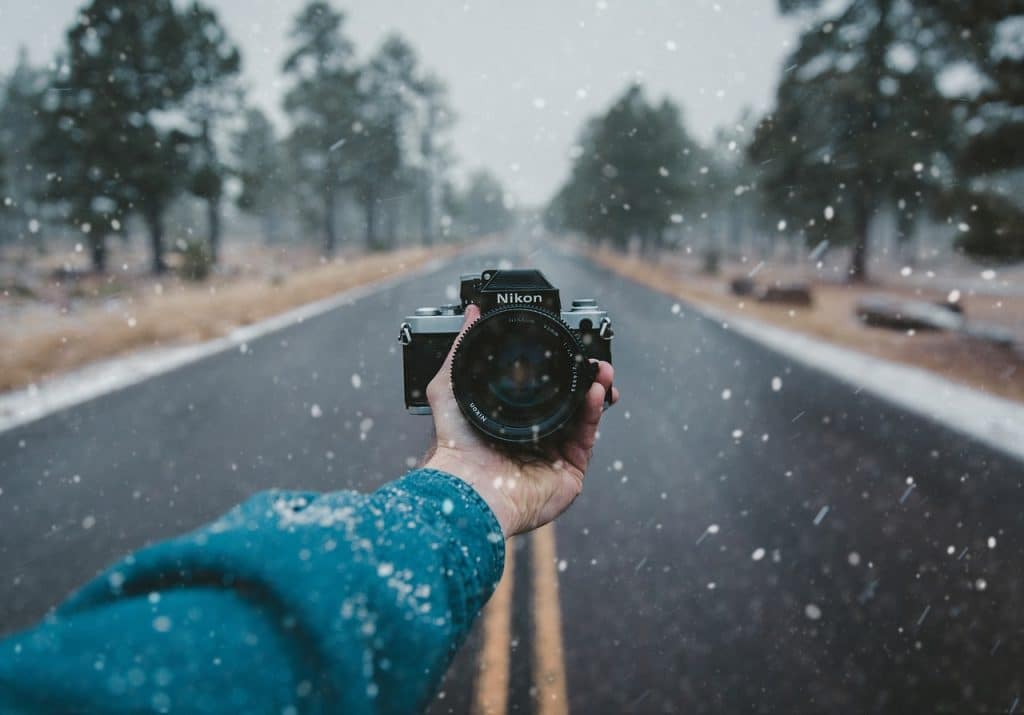
Because condensation is a bothersome issue when photographing snow, you should not change lenses frequently. Using a single focal length lens, however, may not be sufficient. As a result, I recommend that you bring a zoom lens with you. A wide range of focal lengths is provided by 24-70 mm lenses and 70-200mm lenses.
Furthermore, you would not have to be concerned about the safety of the equipment while having the complete creative freedom to implement any of the winter photo ideas. Canon EF 75-300mm is my preferred lens for snow photography.
Bring Extra Batteries
A battery may simply die as a result of the cold temperature outside. Consider bringing an extra battery with you. Keep it in a warm place, such as your pocket, because the battery’s charge may run out as well – again, due to the cold.
Invest in Filters
One of the most important snow photography tips is to bring landscape photography filters with you. Purchase a UV or clear filter unless you want moisture and condensation to cover the front element of the lens. A polarizing filter will reduce snow reflections if there is a lot of glare.
A polarising filter can be used to darken a bright, cloudless sky or to effectively increase saturation. An ND filter will come in handy for long exposure photography during the day, especially if the weather is clear. As a result, the shutter remains open for a longer period of time while the sensor is not flooded with light.
Use a Lens Hood

A lens hood may appear to be useful only when shooting in bright sunlight. However, when it comes to photographing in the snow, this item becomes even more important. Snow and rain will have a more difficult time reaching the front lens element with the extra coverage. Furthermore, a lens hood will keep your lenses from smearing and requiring frequent cleaning, both of which are common side effects of photographing in bad weather.
Wear Photography Gloves
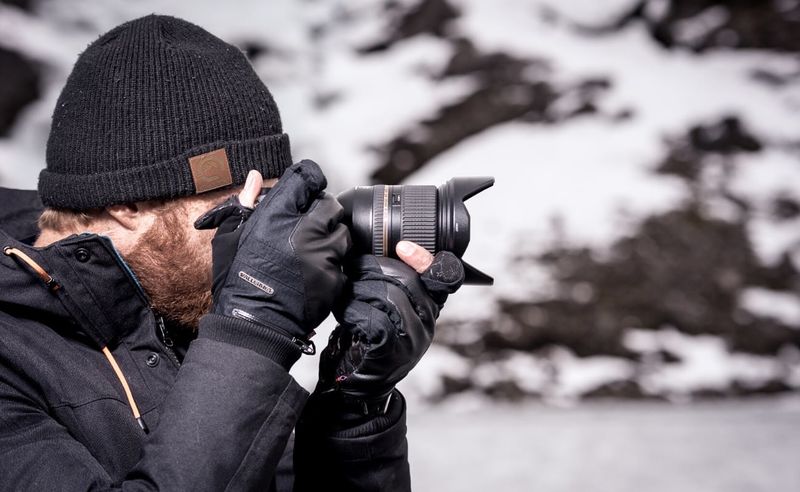
Standard winter gloves are unlikely to aid you in your snow photography endeavors. This is where special photography gloves come in handy. Among its advantages are the warmth they provide your hands, a good grip, and excellent flexibility while shooting outdoors. Despite the cold, such gloves will allow you to properly press small camera buttons and use all of your equipment.
Bring Microfiber Cloths
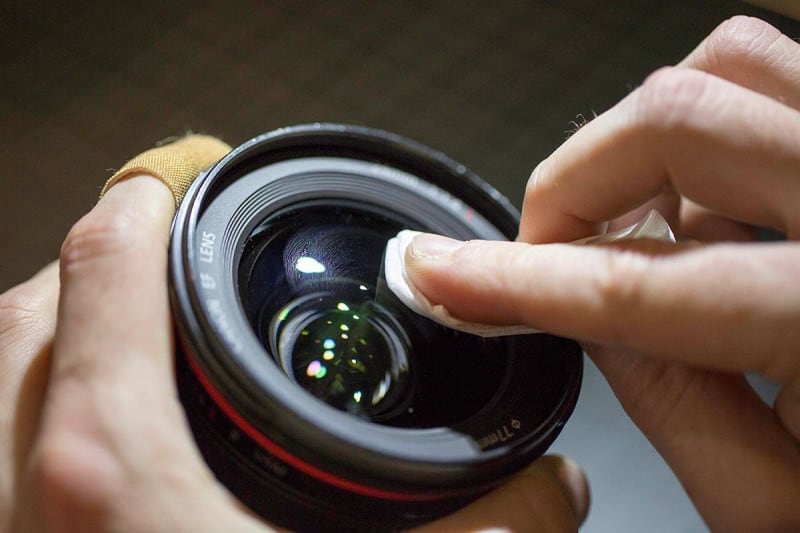
As you are aware, snowy weather causes moisture to accumulate inside and outside of the camera. As a result, it is prudent to bring microfiber cloths and wipe down all equipment as frequently as possible.
If you choose to leave the wet areas on the camera/lens, they may freeze into thin layers of ice, which is not ideal. When moisture enters the lens, it can cause lens fungus.
Get Photography Insurance

Even if you follow all of the advice given while learning how to take pictures in the snow, you and your equipment are still vulnerable to weather-related damage. If you break or damage something, photography insurance will protect you by covering the cost of replacement or repair.
Set Your White Balance Manually
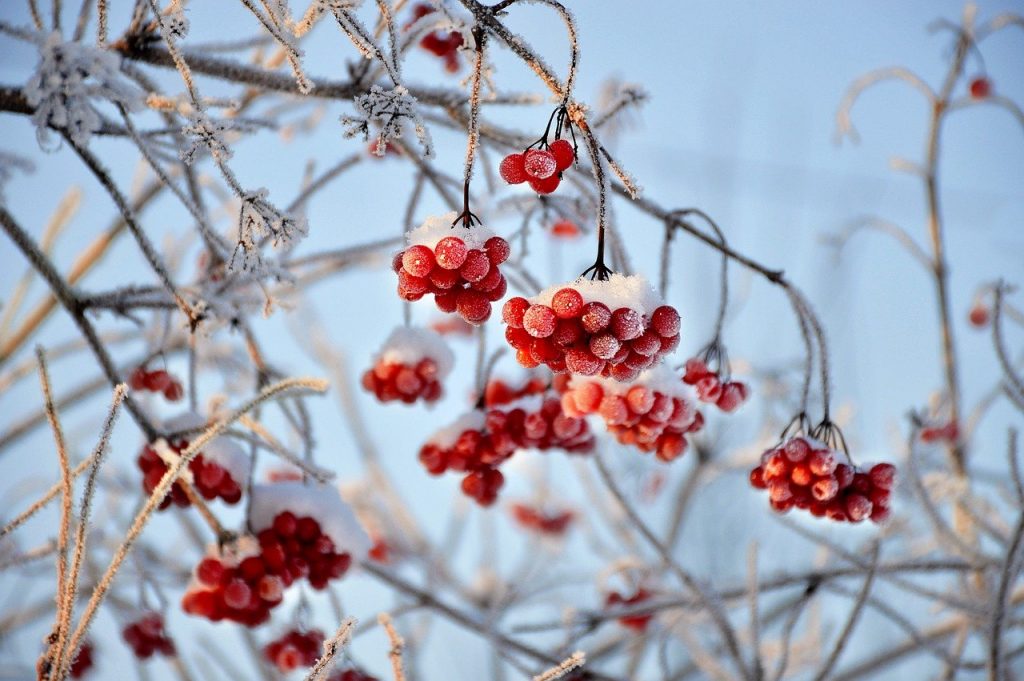
Typically, the camera’s white balance is set to Auto. However, in the winter, the snow can easily damage your camera. The snow will be misplaced by the camera’s auto-white balance, resulting in a blueish tint.
Manual white balance adjustment is required when photographing in the snow. A low WB value will make the image appear bluer. Maintain a high white balance value for more warmth. My recommendation is to set the white balance to around 6,500 kelvin or use the cloudy white balance setting.
Overexpose to Avoid Grey Snow
The camera’s meter is set up in such a way that it exposes a “middle grey” image. It works fine for the vast majority of scenes. The only exception is when it snows. Even if the meter indicates that the exposure is correct, the snow in the photograph will not appear as white as intended. Indeed, the snow will be darker, and the final images will be underexposed.
To achieve pure white snow photography, consider adjusting the exposure. The recommended values are +1 or +2. Don’t be alarmed if the snow appears to be overexposed. You can easily darken the shot in the post-production stage.
Adjust Your Shutter Speed

Set the shutter speed to no less than 1/1000 to capture the dynamic actions of snowboarders or skiers while avoiding unclear areas in the shot. If it is snowing and you want to capture the snow falling, use a tripod and a slow shutter speed, such as 1/15. You should definitely set a faster shutter speed when the wind is blowing.
Examine the Histogram
It is not a good idea to rely on the image on an LCD screen. The provided image may be deceptive because the surrounding pure white snow may distort your vision. Underexposed images will appear bright, whereas properly exposed images will appear too dark.
Remember to look at the histogram when taking photos in the snow. You’ll be able to check the exposure and ensure that the picture details aren’t lost in the snow this way. A histogram can help you determine whether the highlights are too bright or too dark.
Photograph in RAW format.
When there is a blanket of pure white snow all around you, it can be difficult to photograph with proper exposure and color temperature. By choosing RAW over JPEG, you will be able to control all of the necessary parameters during the post-production stage of the image. When shooting in RAW, you have the option of restoring highlights and adjusting shadows later.
Experiment with Macro Photography.
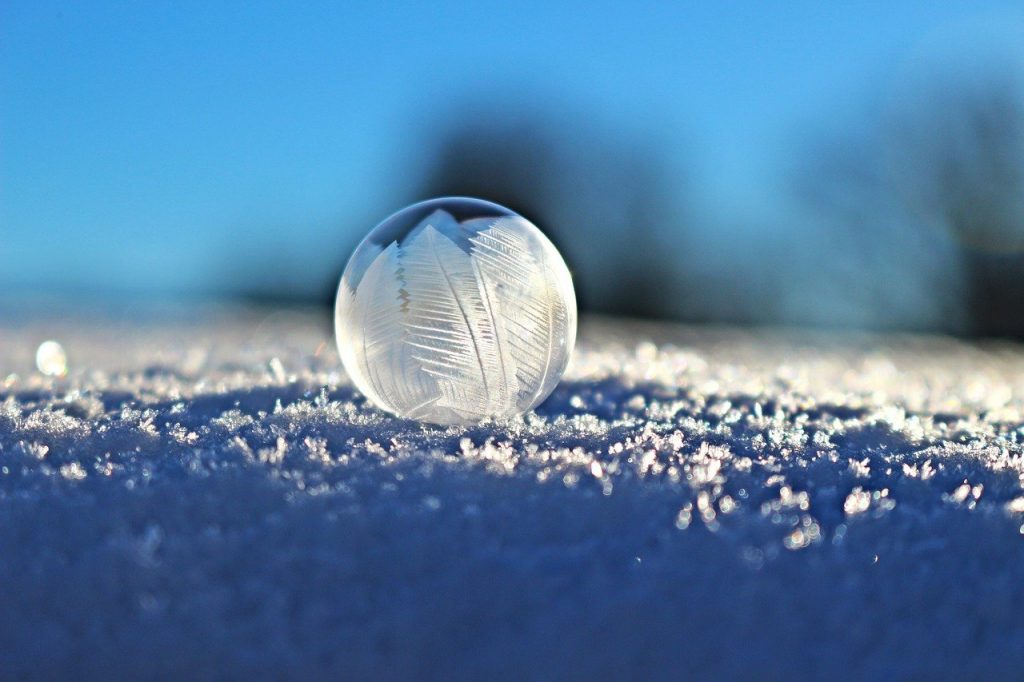
Snow outside means it’s the ideal time to go out and try out some amazing macro photography ideas. In the winter, try snowflake photography, capturing icicles in a row, or capturing grass moving through the snow.
If you’re wondering how to photograph snow in macro, a standard macro lens will not suffice. Look for a lens that can get up close and personal with snowflakes. As an alternative, add an extension tube to a macro lens to achieve the desired zoom effect.
Examine the Contrast

A simple snowy scene captured on film is unlikely to pique the viewer’s interest. That’s why you need a splash of color in your snow shots. Look through the viewfinder for a bright spot. If you succeed, you will be able to create vivid contrast in your photography while also providing viewers with a primary focal point. Red berries, yellow leaves, green trees, orange gloves, and other subjects can provide you with the desired pop of color.
Photograph the Winter Sky
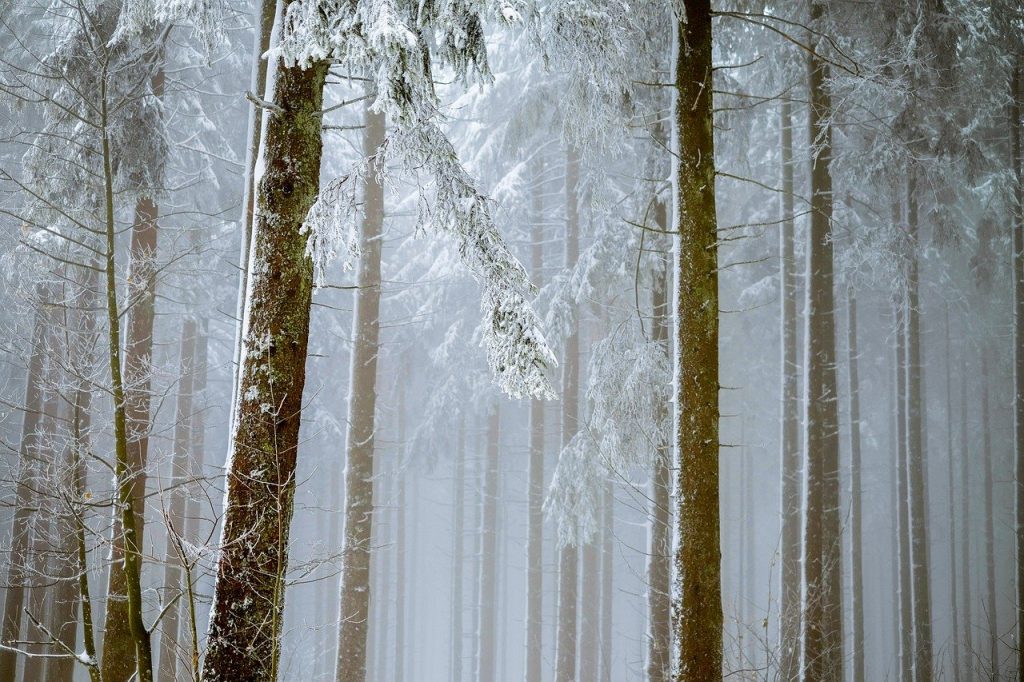
Your snow photography may turn out very differently depending on the colors of the winter sky. If you want warmer tones, shoot at sunrise or sunset, which will be reflected in the snow. Expose the sky to create a more mysterious atmosphere in the shot, making the rest of the scene darker.
Include a Foreground Interest
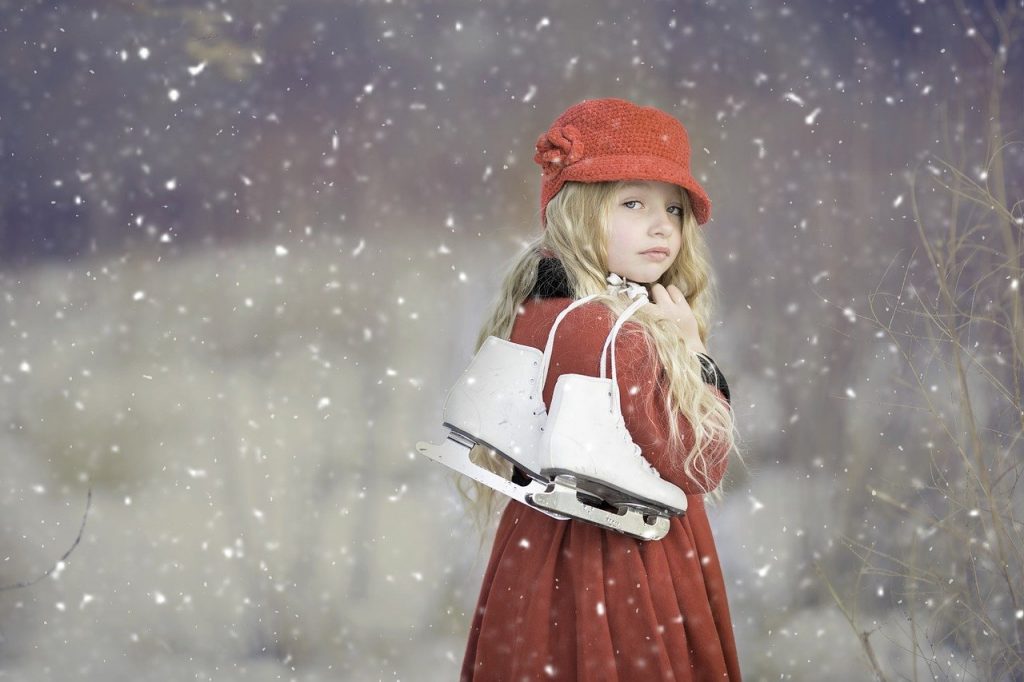
Don’t try to capture everything or the best thing you see while building the composition of your winter landscape shots. Keep in mind that the composition should have some meaning. Consider how you can incorporate eye-catching foregrounds into the shot. It’s a great way to make snow photography more profound and expressive.
Note: If you want to make some adjustments to the photo just let me know. I can do it for you at a very low cost. You can hire me to edit your photo.
latest post
- Best web design companies in TrivandrumRainx LLP, Oregon Technologies, Redwet Solutions, and Globify Digital Solutions are among the best web designing company in Trivandrum, specializing in website development.
- Create a Digital Business CardCraft a digital business card that showcases your unique brand and personality. It’s simple to share and easy to update whenever needed. Plus, you’ll benefit from a free domain, hosting, and effortless social media integration. Ideal for professionals in any field!
- DeepSeek AIExplore the significant differences between DeepSeek AI and ChatGPT. Experience a more efficient and cost-effective AI solution tailored to your needs.
- AI tools for resume buildingExplore the best AI tools for resume writing freely to create your professional resume to stand out in an interview.
- Answer Engine OptimizationDiscover the key differences between AEO and SEO. Learn how Answer Engine Optimization can boost your online presence when combined with SEO strategies.

